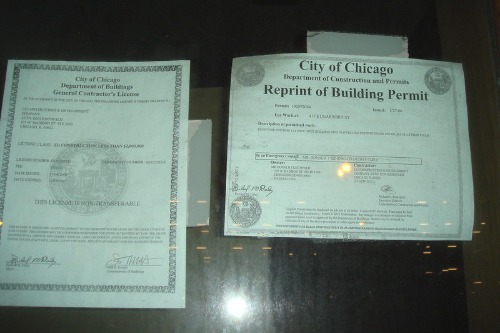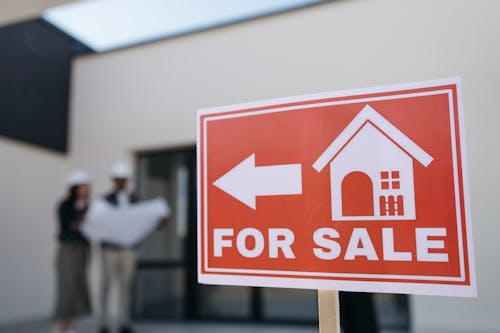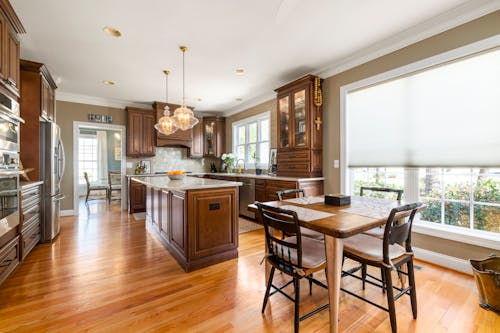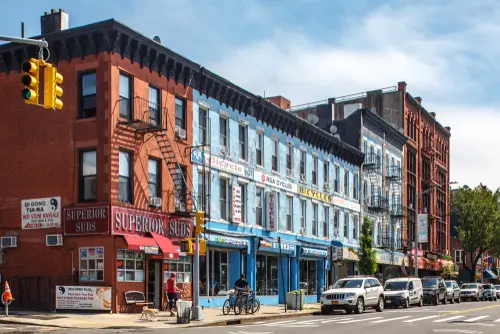1. “Cozy”

When a listing emphasizes that a home is “cozy,” it can sometimes be a polite way of saying it’s smaller than you might expect. Buyers should ask about square footage and room dimensions before getting excited. While some people love a snug space, others may find it cramped. It’s worth checking if the layout feels open or just tight.
Often, “cozy” can also hint at limited storage or unusual room shapes. Cupboards, closets, and general storage might be minimal. A visit to the property can reveal whether it truly feels charming or simply squeezed. Always look beyond the adjective to see what the home actually offers.
2. “Needs TLC”

“Needs TLC,” or tender loving care, usually signals repairs or updates are required. Sellers might be hinting at outdated plumbing, electrical issues, or cosmetic problems. It’s a heads-up that you may need to invest extra time and money. Buyers should get a detailed inspection to know what they’re walking into.
This phrase can also suggest the home hasn’t been maintained properly over the years. Sometimes it’s minor fixes like paint and flooring, but sometimes it’s major structural or mechanical work. Understanding the scope early can save a lot of surprises. Always ask for specifics so you know exactly what TLC means in this context.
3. “Charming”

While “charming” is a nice word, it often masks quirks or outdated features. You might find low ceilings, uneven floors, or an awkward layout hidden behind this description. Charm can be subjective; what feels quaint to one buyer may feel inconvenient to another. It’s smart to explore every room carefully.
Additionally, “charming” sometimes implies cosmetic appeal without structural soundness. The home might look great in photos but need expensive updates. Checking the age of the roof, windows, and appliances can reveal potential hidden costs. Always combine charm with a thorough inspection.
4. “Up-and-Coming Neighborhood”

This phrase can be tempting, suggesting potential growth and increased property value. However, it can also mean the area currently has high crime rates or poor schools. Sellers may be framing a less desirable neighborhood as an investment opportunity. Research the local statistics and future development plans.
It can also imply ongoing construction, noise, or limited amenities. You might be dealing with temporary inconveniences that affect your lifestyle. Walk the streets at different times to get a real sense of the area. Don’t rely solely on the agent’s spin.
5. “Motivated Seller”

A “motivated seller” usually wants to close quickly, which can be a red flag for underlying problems. It might indicate the home has been on the market for a long time or has issues that are hard to fix. Sometimes the seller is relocating fast, but it’s wise to check why the urgency exists. Asking for inspection reports is smart before making an offer.
The term can also hint at pricing issues. Sellers might price high and then mark the property down to attract buyers, masking challenges with the home. Understanding motivation helps you negotiate realistically. Don’t assume speed means a good deal.
6. “Unique Layout”

“Unique layout” can be a polite way of saying the floor plan is awkward. Rooms might be oddly shaped, hallways narrow, or staircases steep. What’s unique to one buyer could be inconvenient to another. Touring the home with a measuring tape is always a good idea.
Sometimes the phrase hints at past additions or renovations done without permits. You might encounter zoning or code problems later. Asking the listing agent or reviewing city records can prevent surprises. Make sure the layout functions for your lifestyle, not just your imagination.
7. “Fixer-Upper”

A “fixer-upper” signals more than just cosmetic repairs. Often, these homes need significant mechanical, electrical, or structural updates. While some buyers love the idea of customizing a home, the costs can add up quickly. Always budget for professional inspections and unexpected repairs.
This phrase also implies a time commitment. Renovations might take months or even years to complete. Make sure you understand whether the project matches your skills and schedule. A fixer-upper is exciting, but not for the faint of heart.
8. “Investor Special”

This typically indicates the property may not be suitable for a regular family home. The home could have deferred maintenance, code violations, or low resale appeal. Sellers are signaling that it’s ideal for someone looking to flip or rent. Approach these listings with a critical eye and thorough research.
It’s also a sign of pricing that might reflect hidden challenges. The property could need expensive updates or legal work. Inspecting carefully and calculating potential costs is essential. Don’t assume “special” means easy money.
9. “Priced to Sell”

“Priced to sell” often hides the fact that the market isn’t responding positively. The property may be overvalued for its condition or have issues keeping it from attracting buyers. It’s a prompt to dig into comparables and history. Make sure the low price isn’t a red flag for unseen problems.
It can also indicate urgency on the seller’s side. There may be liens, structural issues, or costly repairs they want to offload. Verify the home’s history with public records or an inspection. Price alone doesn’t tell the full story.
10. “Open Concept”

While popular, “open concept” can signal a lack of privacy or insufficient soundproofing. Some buyers love it for entertaining, but it can make a home feel echoey or unbalanced. Check how the space flows and whether it suits your lifestyle. Don’t assume open automatically means functional.
It can also hint at removed walls that may affect structural integrity. Sometimes load-bearing walls are replaced with beams that require careful engineering. Ask for documentation on renovations. Safety and livability matter as much as aesthetics.
11. “Character”

A home with “character” might charm you with antique features, but these can come with maintenance headaches. Think old windows, uneven floors, or vintage plumbing. These elements can be costly to repair or replace. Make sure you’re prepared for upkeep before falling in love.
It’s also a gentle hint that the home might not meet modern standards. Electrical systems, insulation, or roofing could be outdated. Inspect every system thoroughly. Character is lovely, but not if it breaks the bank.
12. “Convenient Location”

While everyone wants convenience, this can sometimes signal trade-offs. High traffic, noise, or limited parking may come along with a great location. Sellers love to highlight proximity to shopping, but it might come with lifestyle compromises. Visit at different times to get a true feel.
The phrase can also mask neighborhood downsides. Perhaps it’s near a busy street or industrial area. Look beyond the adjective to assess safety and comfort. Convenience is appealing, but not at the expense of livability.
This post 12 Real Estate Listing Phrases That Signal Hidden Problems was first published on Greenhouse Black.
